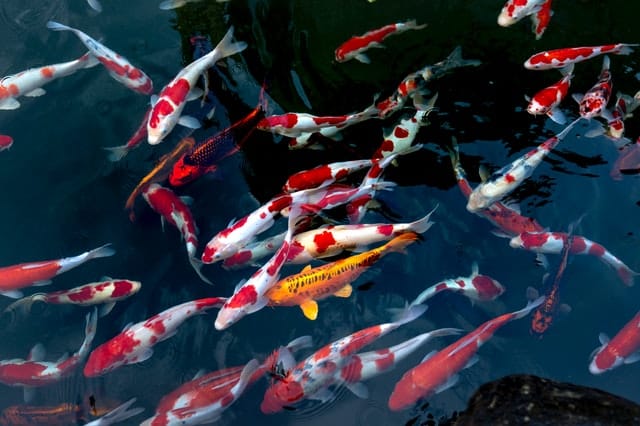A message from the Magic Wardrobe Board of Tourism
You may have heard me talking recently about the new novel I pumped out in a period of weeks, to my own surprise. I haven’t decided what I mean to do with it; I intended that it be stand-alone and it turned itself into a series. Or possibly needs to be half again as long to answer the questions it raises. Gah!
Point is, the setting is really neat, and I feel like sharing it in case I never end up publishing Daylight’s Emissary.
So, an excerpt:
The city is called Cianjera, assuming one visits in the hours of daylight. A great city made primarily of dark stone and black brick, its window boxes are bright with begonias and sweet potato vines, fleecy bougainvillea clinging to the facades. There are several hills within its limits, sufficiently tall and rugged you can justly call it hilly. Lots of trees, in the city and surrounding it, but where the soil is visible, it’s more bald rock than greenery. Pools grace the larger intersections, teeming with coin-colored fish, and the ways are busy with all the energy one wants in a city: vendors hawking wares and cooks adding clouds of delectable smoke to the air, laborers with heavy burdens on their shoulders. Urchins hurling curses as they gather horse turds, lovers quarreling right out in the open.
In a word, it has the appearance of prosperity. Look again, though, and you might notice a skew. The banaran trees lining the grand boulevards don’t have enough of their signature fan-broad leaves on them, and what leaves there are have an unwholesome yellow tinge. The pretty ponds in the more picturesque sectors are filled to brimming with sweet-scented water, but off the more traveled avenues, the water features wear crowns of dead algae.
Now you have perceived the slant to this idyll, you’ll be searching instinctively for further clues. The eye finds itself looking for a water source, be it lake or river. What there are instead are cisterns and aquifers, and there isn’t enough water in them. The focus goes back to the city and its people, attention more acute, and this time, there it is: an edge of anxiety that curdles the smiles on all but the youngest faces. A tension coiling people’s shoulders, emerging in a readiness to take offense and trade insults over trivialities.
The day is coasting to a close, and the city begins to change in the way that all of them do. Ordinary working folks are going home to their families; young people and bon vivants are putting on their faces for the evening. Artists are tuning their instruments, bartenders slipping on their most comfortable shoes, servants eying clocks as they measure the hours until their masters retire to bed for the night.
But this city doesn’t draw the line at these mundane transformations. Its darkling buildings are fading as the sky transitions from dusky blue to inky purple, changing color in a way that doesn’t follow. The darker it gets, the paler they look, until they have become a luminous pearl-white. As full dark falls, the mortar starts to glow, a stunning cerulean impossible to miss but casting no illumination, as beautiful as it is uncanny.
At this point, it seems worthwhile to note that the city is called Fionbolo.
By any name, you’ve now been introduced. It’s a city not so different from any other, and you know what you need to. It is, in some way, intrinsically magical. And the city or the civilization it belongs to are in crisis.

Comments are closed